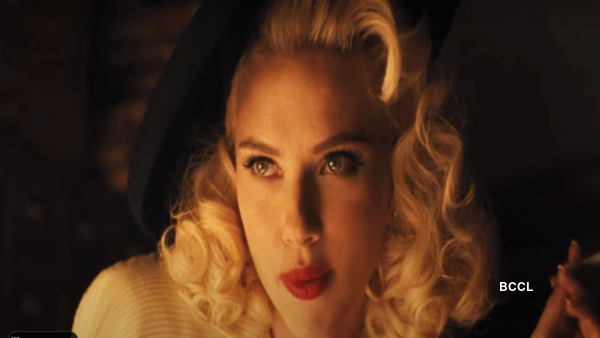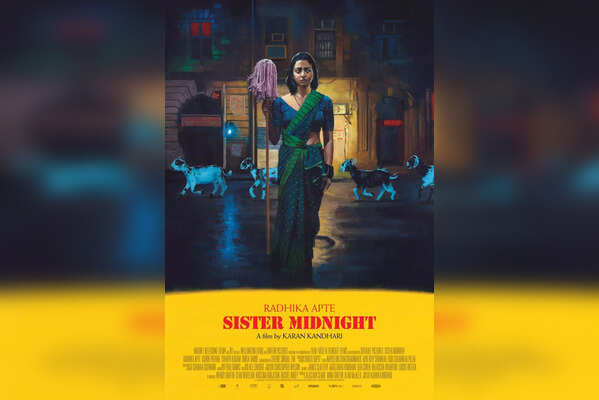- ETimes
- Movies
- Movie Reviews
- English
- The Phoenician Scheme

The Phoenician Scheme
UA1 hr 43 minsReleased: 20 Jun, 2025
English
Action
, Comedy
, Drama
& Thriller
3.5
Critic's Rating
3.5
Users' Rating
About the Movie
A visually stunning yet emotionally reserved fable, The Phoenician Scheme offers meticulous craft and gentle wit, but its fragmented narrative keeps deeper resonance just out of reach.
Cast
The Phoenician Scheme Movie Review: A beautifully crafted fable that charms more than it connects
4.0
Direction
3.5
Dialogues
3.5
Story
4.0
Music
5.0
Visual Appeal
*The overall critic’s rating is not an average of the sub scores above
Story:
A mysterious stranger’s arrival disrupts a quiet coastal town, setting off a chain of introspective and quietly surreal events.Review:
Wes Anderson’s The Phoenician Scheme
arrives like a perfectly wrapped parcel: intricately designed, clever in structure, and inviting in tone. Yet, what lies within is more decorative than deeply affecting. It’s a film that continues Anderson’s unmistakable visual and narrative style, while pushing ever so slightly into more emotional territory, though not always successfully.Set in a fictional Mediterranean nation grappling with post-war modernisation, the plot centres around Zsa-Zsa Korda (Benicio Del Toro), an ageing industrialist proposing a utopian rail project. His real mission, however, is to reconnect with his daughter Liesl (Mia Threapleton), who has renounced her surname and his wealth by entering a monastic order. Their relationship, mediated by a mix of letters, brief encounters, and philosophical debates, forms the film’s emotional backbone, though it’s stretched thin over a sprawling ensemble and subplots.Mia Threapleton is quietly compelling as the introspective Liesl, bringing a depth that offsets the story’s more fanciful elements. Benicio Del Toro, meanwhile, delivers a performance that is both melancholy and dryly comedic, capturing the contradictions of a man who wants to build a future without reckoning with his past. Supporting performances—especially Michael Cera’s turn as a bug-obsessed academic and Riz Ahmed’s sceptical government official—offer droll humour, if not lasting impact.As always, Anderson’s visual choices are immaculate. Each frame is designed like a diorama, filled with warm colour palettes, model trains, miniature buildings, and long tracking shots that glide through impossibly composed sets. Alexandre Desplat’s score adds a nostalgic melancholy to the whimsy, lending the film a bittersweet tone.But even with all its charms, The Phoenician Scheme
doesn’t quite coalesce. Its narrative structure—layered, fragmented, and occasionally opaque—keeps the audience at arm’s length. Themes of legacy, estrangement, and modernisation are present, but never fully explored . As a result, while the film engages the eye and the intellect, it doesn’t always reach the heart.This is not to say Anderson isn’t trying. Compared to his previous work, this film makes a more earnest attempt at sincerity. But in the balancing act between style and soul, it’s the former that wins out—gracefully, but a bit too predictably.User Reviews
0/1500
Post ReviewTrailer

The Phoenician Scheme - Official Trailer
Photos



























